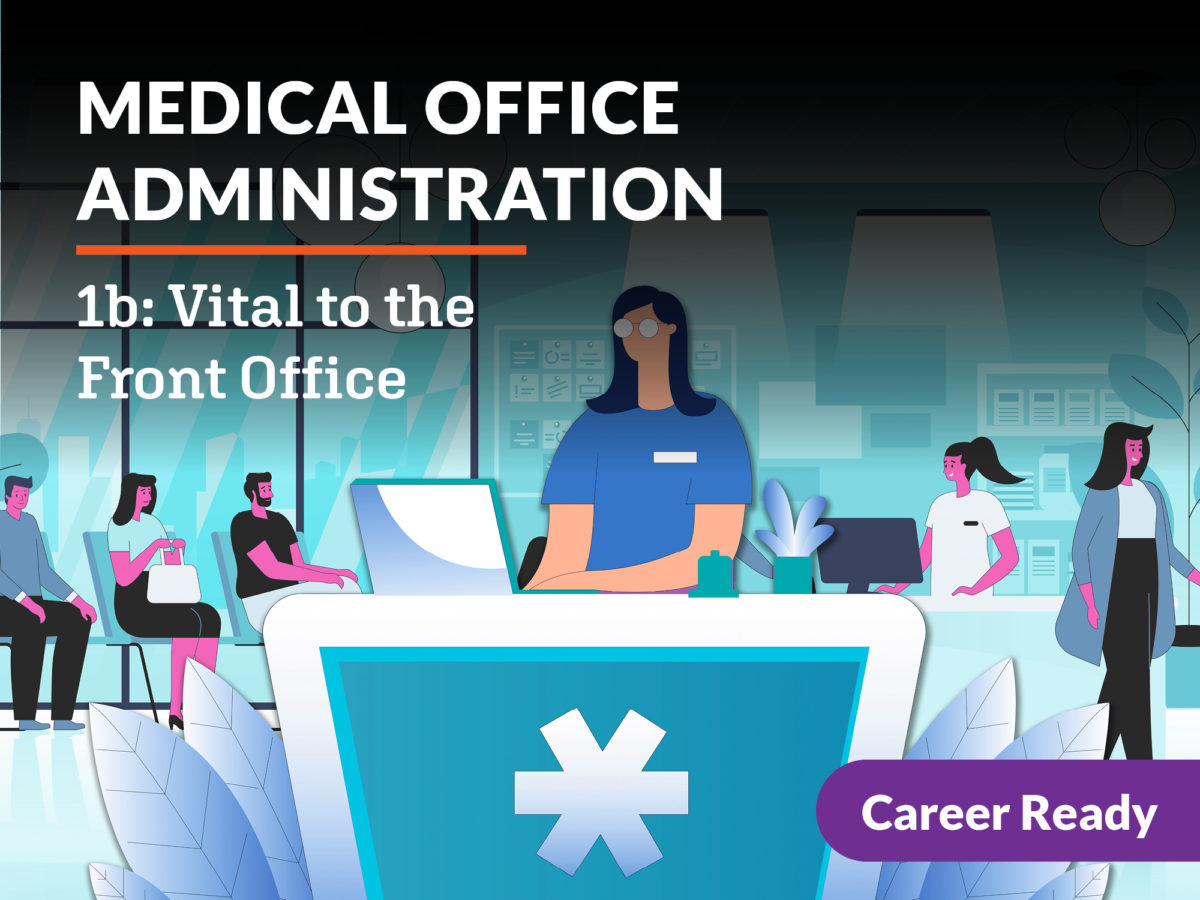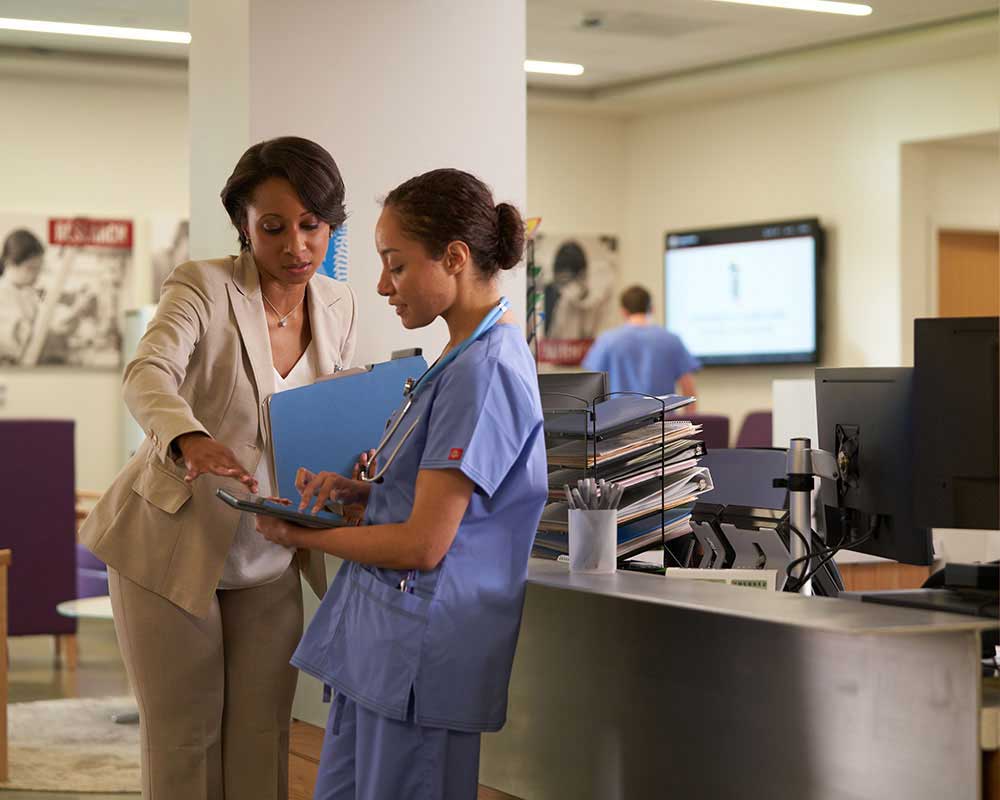Best Practices in Medical Management for Improving Efficiency and Minimizing Prices
In the ever-evolving landscape of health care, the quest of ideal techniques in medical administration is critical for enhancing performance and curbing expenditures. By incorporating advanced technologies such as digital wellness documents and telemedicine, medical care companies can improve operations and boost person care. Nonetheless, modern technology alone is not a remedy; maximizing resource allotment and cultivating joint interaction amongst treatment groups are equally critical (medical administration). As organizations make every effort to stabilize top quality and expense, what techniques should be prioritized to achieve these dual objectives? The response to these questions hold the key to a much more sustainable medical care system.
Leveraging Advanced Technology
In today's quickly evolving health care landscape, leveraging sophisticated innovation is no more optional however essential for effective clinical management. The combination of electronic remedies right into healthcare systems has transformed the means facilities operate, streamlining procedures and improving individual care. Electronic Wellness Records (EHRs) are critical, offering extensive individual information that can be accessed promptly by authorized personnel, thus minimizing redundancy and reducing mistakes. By systematizing person information, EHRs eliminate the requirement for troublesome documentation and facilitate seamless interaction amongst health care providers.
Telemedicine is one more technological advancement that has revolutionized patient communication. It uses convenience for both patients and health care specialists by allowing remote assessments, which can reduce the demand for in-person gos to and enhance appointment organizing. Additionally, telehealth systems can extend healthcare access to country or underserved locations, linking gaps in treatment shipment.
Additionally, making use of Expert system (AI) and equipment learning is coming to be increasingly widespread in predictive analytics, permitting for very early detection of possible health and wellness problems and more educated decision-making. These technologies, when incorporated efficiently, can improve diagnostic precision and customize patient therapy plans, inevitably causing improved medical care end results and functional efficiency.
Optimizing Source Allotment
Effective resource allowance is vital for making the most of the efficiency of medical management. By strategically managing sources such as workers, devices, and finances, healthcare centers can substantially improve their functional efficiency, improve client end results, and decrease unnecessary expenses. The primary step in maximizing source appropriation entails conducting a thorough assessment of existing assets and determining areas where sources might be underutilized or exhausted. This evaluation ought to be data-driven, using metrics and analytics to inform decision-making processes.
Prioritizing source allotment based on patient demands and solution demands is important. Implementing adaptable staffing versions can additionally optimize labor resources by adjusting workers allotment in feedback to fluctuating person volumes.
Economic sources must be diligently checked and alloted with calculated insight to sustain both temporary operational needs and long-lasting institutional objectives. This includes investing in training programs that boost team competencies and embracing energy-efficient practices that decrease operational costs (medical administration). Ultimately, an enhanced resource allowance strategy promotes a lasting healthcare setting that is receptive, reliable, and economically prudent
Streamlining Operations Processes
When healthcare facilities objective to boost operational efficiency, improving workflow processes becomes a crucial focus. Effective process decrease redundancy, remove unnecessary steps, and improve sychronisation among medical care experts. This approach not only accelerates solution shipment yet also boosts the top quality of person care.

Following, technology combination plays a substantial role in enhancing operations. Applying electronic health records (EHRs) and digital Web Site medical professional order access (CPOE) systems lowers paperwork, reduces human mistake, and makes sure info is easily accessible to all appropriate workers. Furthermore, leveraging telemedicine systems can enhance person consultations and follow-ups, reducing the stress on physical infrastructure.

Ultimately, streamlined workflows cause set you back decreases and improved individual contentment, fostering a more lasting healthcare environment.
Enhancing Data Monitoring
Structure upon structured operations, enhancing information management becomes a vital part beforehand health care management. Effective information management systems are crucial for maintaining accurate person documents, boosting decision-making, and making sure compliance with regulative standards. By implementing robust data management remedies, healthcare centers can boost the high quality of person care while simultaneously minimizing operational costs.
One key aspect of improving data management is the assimilation of sophisticated digital health and wellness record (EHR) systems. view These systems help with the seamless exchange of person information across various departments, lowering duplication of tests and lessening mistakes. A well-designed EHR system supports information analytics, enabling doctor to recognize fads and make educated decisions relating to patient care.
Furthermore, safeguarding patient data is vital. Embracing detailed cybersecurity steps, consisting of security and routine audits, ensures the stability and privacy of delicate details. This not just safeguards individuals but likewise preserves the establishment's online reputation.
Buying staff training is an additional important element. Enlightening healthcare specialists on information administration techniques boosts their ability to effectively utilize innovation, leading to improved individual end results. Finally, enhancing data monitoring via innovative innovation and detailed training is necessary for accomplishing effectiveness and cost reduction in medical management.
Fostering Collaborative Interaction
A crucial element in advancing clinical management is fostering collaborative communication amongst health care professionals. Reliable interaction is paramount for ensuring smooth individual treatment, maximizing treatment outcomes, and reducing mistakes. By motivating open dialogue and coordination across multidisciplinary teams, medical care companies can boost their functional effectiveness and minimize unneeded costs.
Central to this strategy is the assimilation of communication modern technologies such as electronic health and wellness documents (EHRs) and secure messaging platforms, which help with the quick exchange of vital patient info. These devices allow health care suppliers to gain access to and share information in real time, making certain that all team members are notified and aligned in their decision-making procedures. Moreover, routine team meetings and interdisciplinary rounds can further advertise a society of collaboration and accountability.
Educating programs concentrated on improving interaction abilities are also necessary. These programs can aid team create the ability to convey information clearly and listen actively, thus reducing misunderstandings and promoting a helpful work environment. In addition, taking on standardized interaction methods, such as SBAR (Scenario, History, Evaluation, Referral), can enhance the exchange of details, making certain that crucial details are shared succinctly and properly. Eventually, fostering collaborative communication results in boosted health care delivery and expense savings (medical administration).

Conclusion
Including sophisticated innovation, such as digital wellness documents and telemedicine, together with check out here enhanced resource allotment and structured process processes, is vital for improving performance in clinical management. Efficient data management and cultivating collaborative communication among health care teams are critical for reducing redundancies and improving care quality. By focusing on preventive care and taking part in top quality enhancement campaigns, health care companies can accomplish significant price financial savings and enhanced person results, thus guaranteeing sustainable health care delivery in an increasingly complex atmosphere.